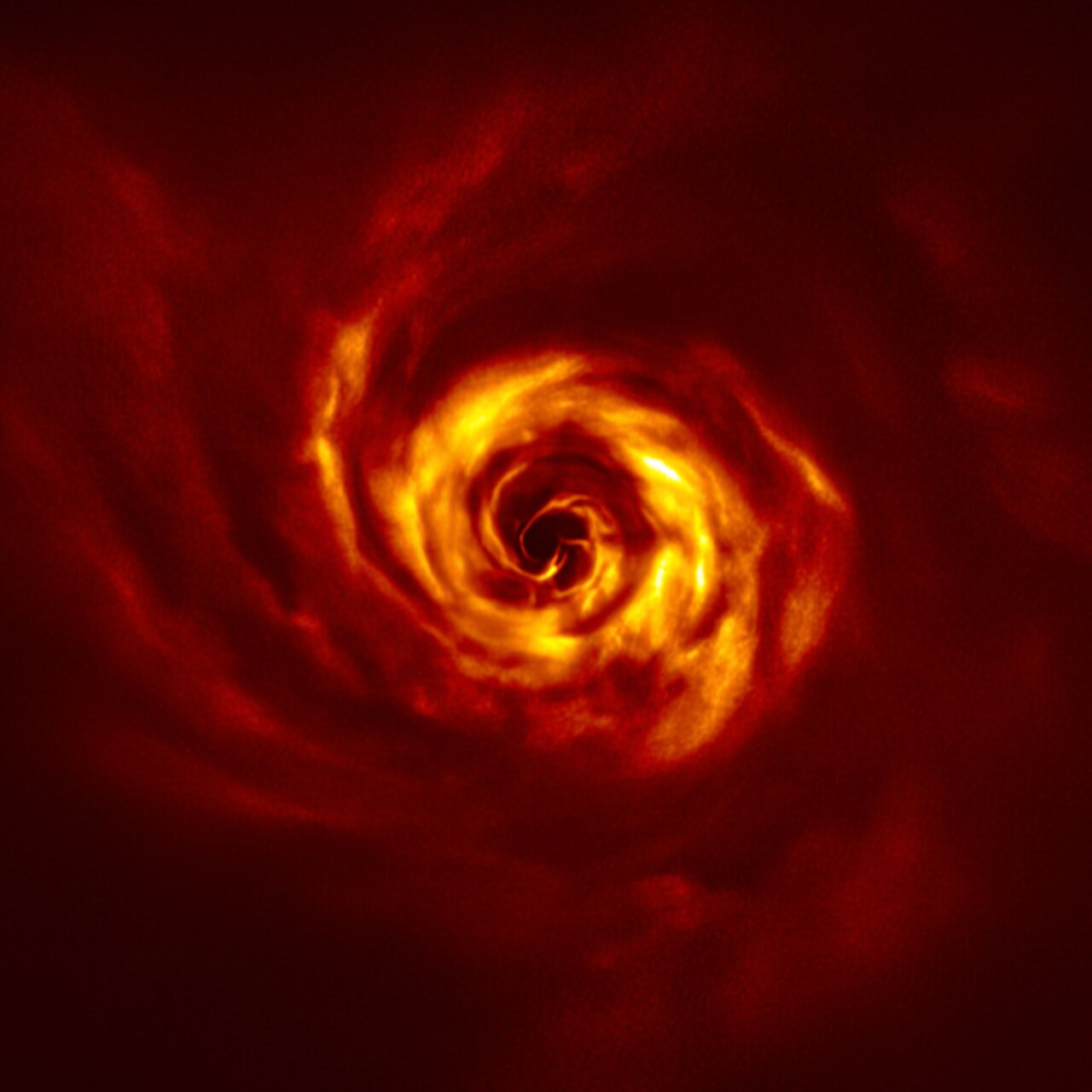- Joined
- Jan 5, 2006
- Messages
- 17,790 (2.66/day)
| System Name | AlderLake / Laptop |
|---|---|
| Processor | Intel i7 12700K P-Cores @ 5Ghz / Intel i3 7100U |
| Motherboard | Gigabyte Z690 Aorus Master / HP 83A3 (U3E1) |
| Cooling | Noctua NH-U12A 2 fans + Thermal Grizzly Kryonaut Extreme + 5 case fans / Fan |
| Memory | 32GB DDR5 Corsair Dominator Platinum RGB 6000MHz CL36 / 8GB DDR4 HyperX CL13 |
| Video Card(s) | MSI RTX 2070 Super Gaming X Trio / Intel HD620 |
| Storage | Samsung 980 Pro 1TB + 970 Evo 500GB + 850 Pro 512GB + 860 Evo 1TB x2 / Samsung 256GB M.2 SSD |
| Display(s) | 23.8" Dell S2417DG 165Hz G-Sync 1440p / 14" 1080p IPS Glossy |
| Case | Be quiet! Silent Base 600 - Window / HP Pavilion |
| Audio Device(s) | Panasonic SA-PMX94 / Realtek onboard + B&O speaker system / Harman Kardon Go + Play / Logitech G533 |
| Power Supply | Seasonic Focus Plus Gold 750W / Powerbrick |
| Mouse | Logitech MX Anywhere 2 Laser wireless / Logitech M330 wireless |
| Keyboard | RAPOO E9270P Black 5GHz wireless / HP backlit |
| Software | Windows 11 / Windows 10 |
| Benchmark Scores | Cinebench R23 (Single Core) 1936 @ stock Cinebench R23 (Multi Core) 23006 @ stock |
Observations made with the European Southern Observatory’s Very Large Telescope (ESO’s VLT) have revealed the telltale signs of a star system being born. Around the young star AB Aurigae lies a dense disc of dust and gas in which astronomers have spotted a prominent spiral structure with a ‘twist’ that marks the site where a planet may be forming. The observed feature could be the first direct evidence of a baby planet coming into existence.
“Thousands of exoplanets have been identified so far, but little is known about how they form,” says Anthony Boccaletti who led the study from the Observatoire de Paris, PSL University, France. Astronomers know planets are born in dusty discs surrounding young stars, like AB Aurigae, as cold gas and dust clump together. The new observations with ESO’s VLT, published in Astronomy & Astrophysics, provide crucial clues to help scientists better understand this process.

ESO Telescope Sees Signs of Planet Birth - The Twist Marks the Spot
Observations made with the European Southern Observatory’s Very Large Telescope (ESO’s VLT) have revealed the telltale signs of a planetary system being born. Around the young star AB Aurigae lies a dense disc of dust and gas in which astronomers have spotted a prominent spiral structure with a...

